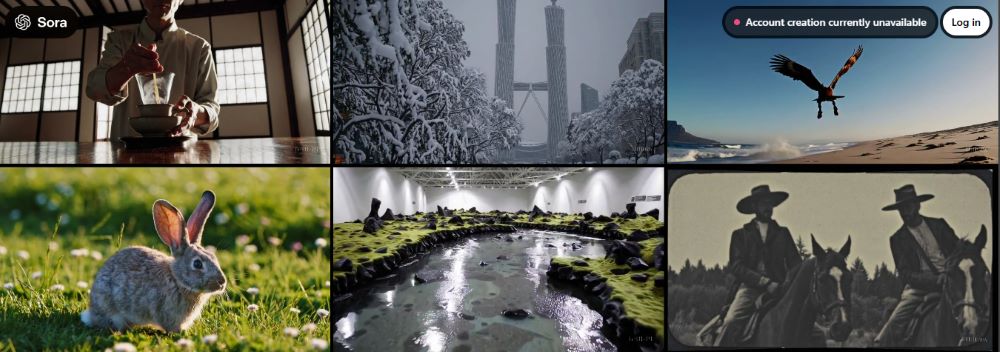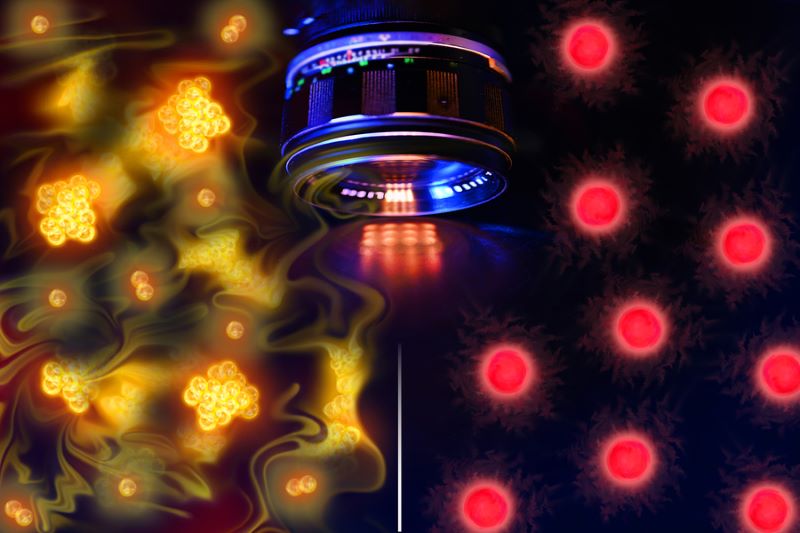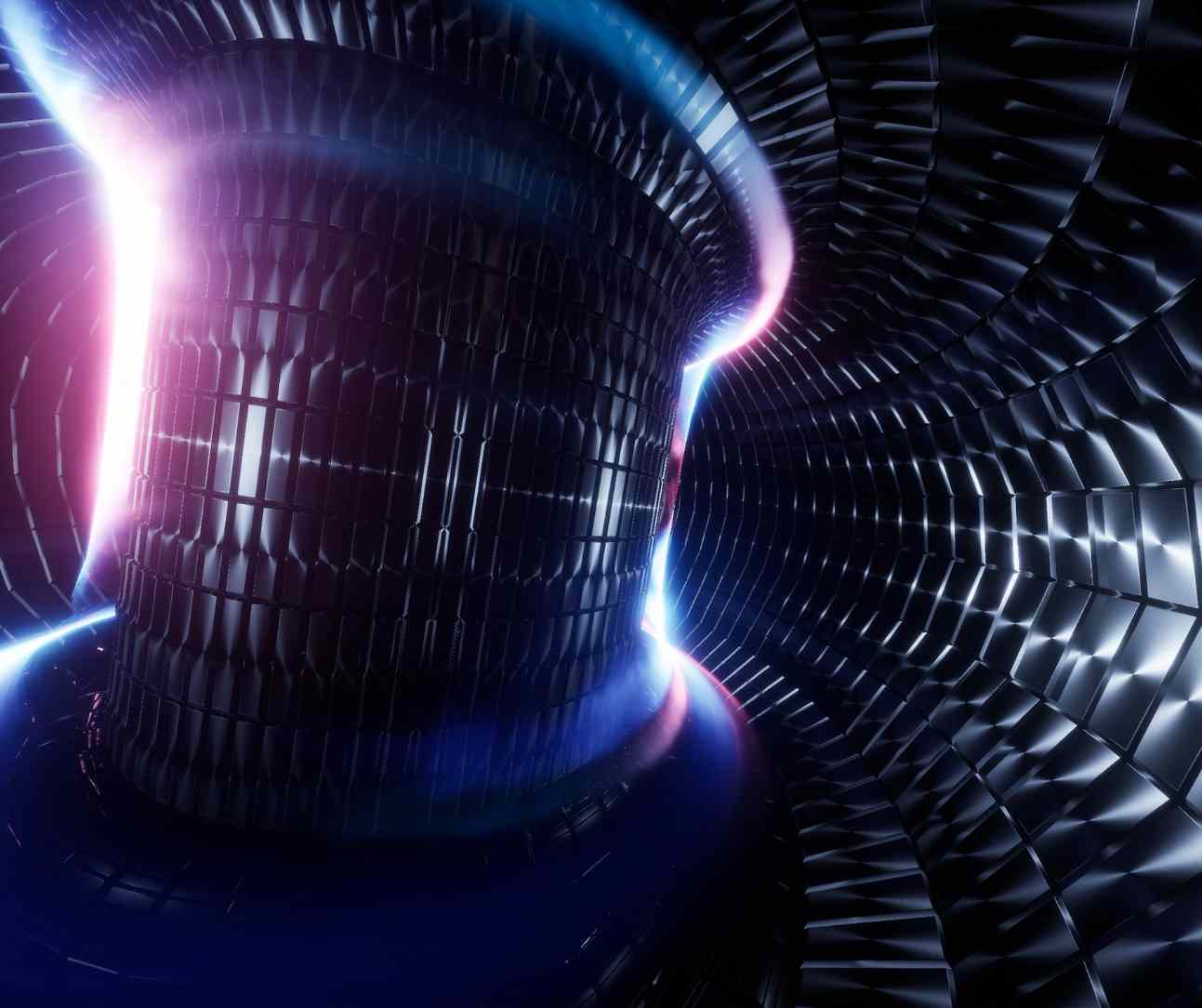OpenAI has officially rolled out Sora, a cutting-edge video generation model, bringing its innovative technology from research labs to public use. Sora was initially introduced earlier this year as part of a research preview. It was designed to generate video clips from text prompts,
Now, with the release of Sora Turbo, the model has been enhanced for faster processing and higher-quality outputs. This makes it a significant development in the field of generative AI.
Enhanced Speed and Quality of Video Generation Model
Sora Turbo allows users to create videos with resolutions up to 1080p and durations of up to 20 seconds. The platform supports various formats, including widescreen, vertical, and square aspect ratios.
Users can also customize their creations with a storyboard tool that enables precise frame-by-frame inputs and remix existing assets. The goal of these features is to provide users with greater creative control while maintaining accessibility for those without advanced video editing skills.
The public rollout of Sora makes the tool available to ChatGPT Plus and Pro subscribers. It offers up to 50 videos per month at 480p resolution or fewer videos at higher resolutions, depending on the subscription level. OpenAI has also introduced a Pro plan for users who require extended capabilities, including longer durations and higher usage limits. The company is currently working on flexible pricing plans for different user groups, expected to launch next year.
Sora Limitations
Despite its promise, Sora faces notable limitations. The model struggles with generating complex physics and accurately depicting intricate actions over extended durations. OpenAI acknowledges these challenges and is actively refining the model to improve its reliability and practicality. Safety measures are also in place, including visible watermarks and metadata to ensure transparency in content origins. These safeguards aim to address concerns about misuse, particularly in light of the potential for disinformation or harmful applications like deepfakes.
The launch comes amid increasing scrutiny over the ethical implications of generative AI tools. OpenAI has implemented strict content moderation policies. It initially limited the feature for uploading human likenesses and blocked harmful content, including sexual deepfakes and child exploitation material. The company has worked with safety experts and domain specialists to identify and mitigate risks associated with the technology.
Sora Availability
Currently, Sora is available in the United States and most international markets, but it is not yet accessible in the United Kingdom or parts of Europe due to regulatory hurdles. OpenAI has stated its commitment to expanding availability as it works to comply with local laws, including the UK’s Online Safety Act and the EU’s GDPR regulations.
Sora’s public release marks a pivotal moment in the development of AI video generation. As generative AI tools become increasingly integrated into creative and professional workflows, the technology’s potential to transform industries is becoming more apparent. However, its long-term success will depend on balancing innovation with ethical safeguards and addressing the technical limitations that remain.









